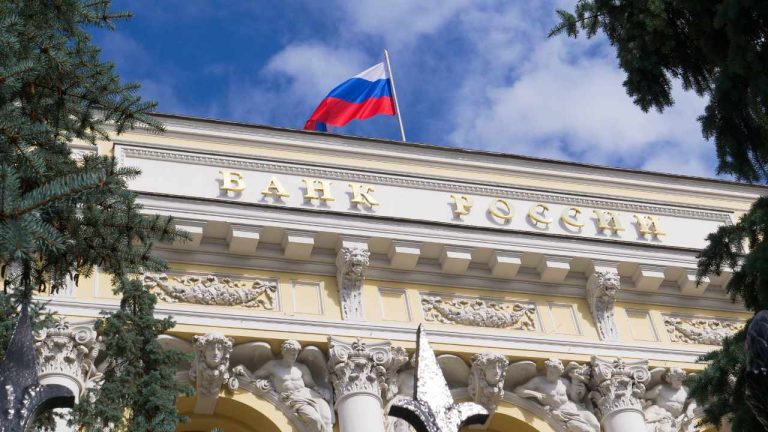30 Banks Participating in Russia’s Central Bank Digital Currency Pilot

The number of banks participating in Russia’s central bank digital currency pilot has increased to 30. Seventeen banks have signed an agreement with the Bank of Russia to participate in the digital ruble program. They will join 13 other banks, about 600 citizens, and 30 trading and service companies that are already testing Russia’s central bank digital currency.
17 Banks to Join 13 Other Banks in Digital Ruble Pilot
Russia’s central bank, the Bank of Russia, announced on Wednesday that 17 additional banks are gearing up to join its digital ruble pilot program. These financial institutions have already signed an agreement with the Russian central bank and are now implementing the necessary systems to participate in the upcoming expanded pilot.
Currently, 13 banks are already participating in the digital ruble pilot, along with around 600 citizens and 30 trading and service companies. These participants are already actively involved in testing operations with real digital rubles. The 13 existing participating banks are Alfa Bank, Dom.Rf Bank, Ingosstrakh Bank, VTB Bank, GPB Bank, Qiwi Bank, Ak Bars Bank, MTS Bank, Promsvyazbank, Sovcombank, Sinara Bank, Rosbank, and TKB Bank.
The 17 banks that will join them in the extended digital ruble pilot are AB Bank Russia, Bank Orenburg, Russian Standard Bank, SME Bank, Rosselkhozbank (Russian Agricultural Bank), Tinkoff Bank, Expobank, Novikombank, Bank RRB, Kuban Credit Bank, Tochka Bank, Primtercombank, Rosdorbank, Sberbank, CB Center-Invest, RNKB Bank, and Dengi.Mail.Ru.
The Bank of Russia website details various stages of the digital ruble project. Starting with the creation of a prototype platform in December 2021, the central bank tested and refined the digital ruble prototype throughout 2022. Based on these test results, a roadmap for implementation was developed. August 2023 was the start of piloting operations “with real digital rubles involving a narrow circle of clients of 13 banks,” Bank of Russia described.
“The digital ruble is a digital form of the Russian national currency that the Bank of Russia plans to issue in addition to existing forms of money,” Russia’s central bank explained, elaborating:
The ruble will have three forms: cash, non-cash and digital. They are equivalent: one cash ruble is equal to one non-cash ruble, as well as one digital ruble.
What do you think about the number of banks participating in Russia’s central bank digital currency pilot? Let us know in the comments section below.